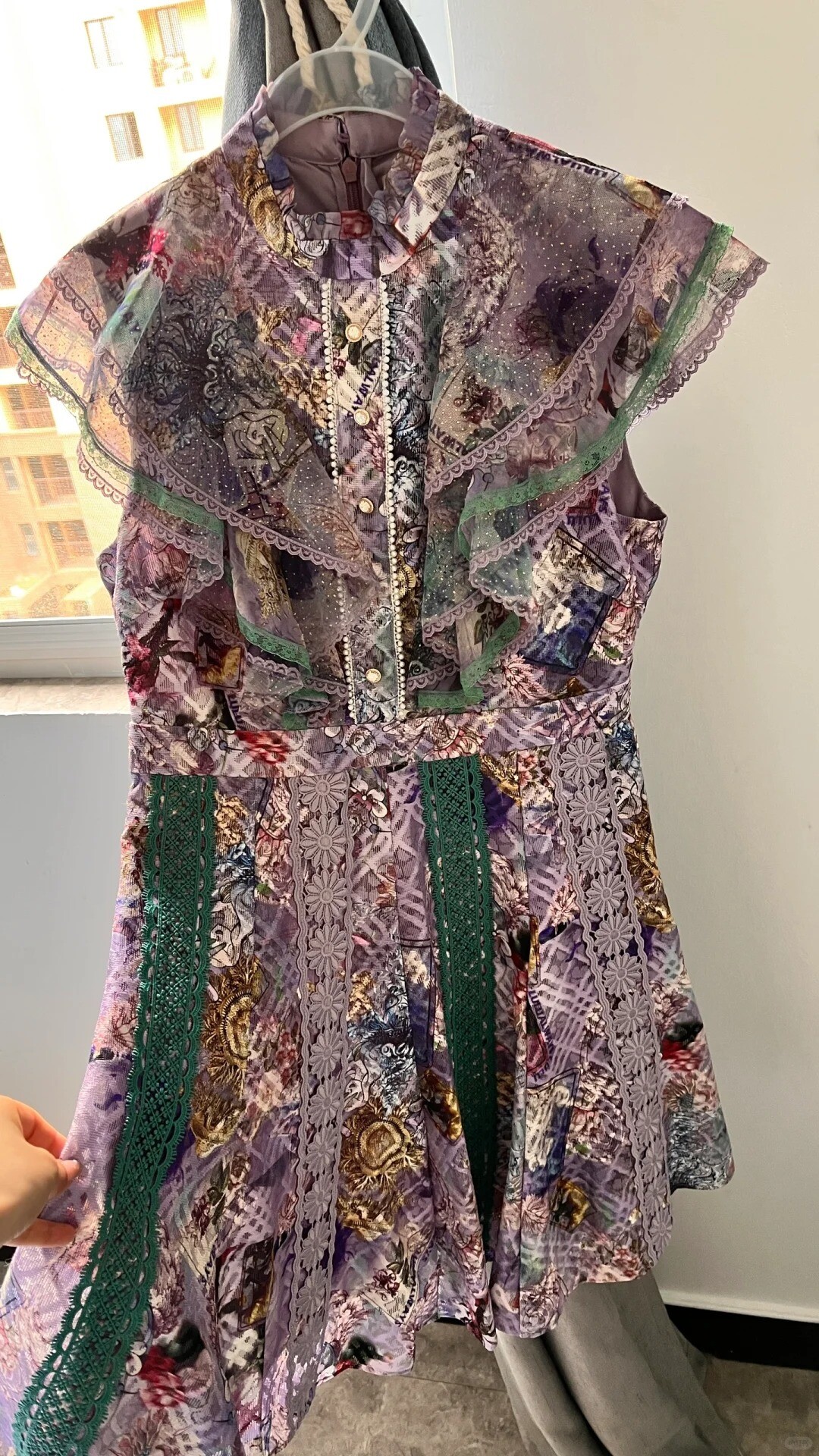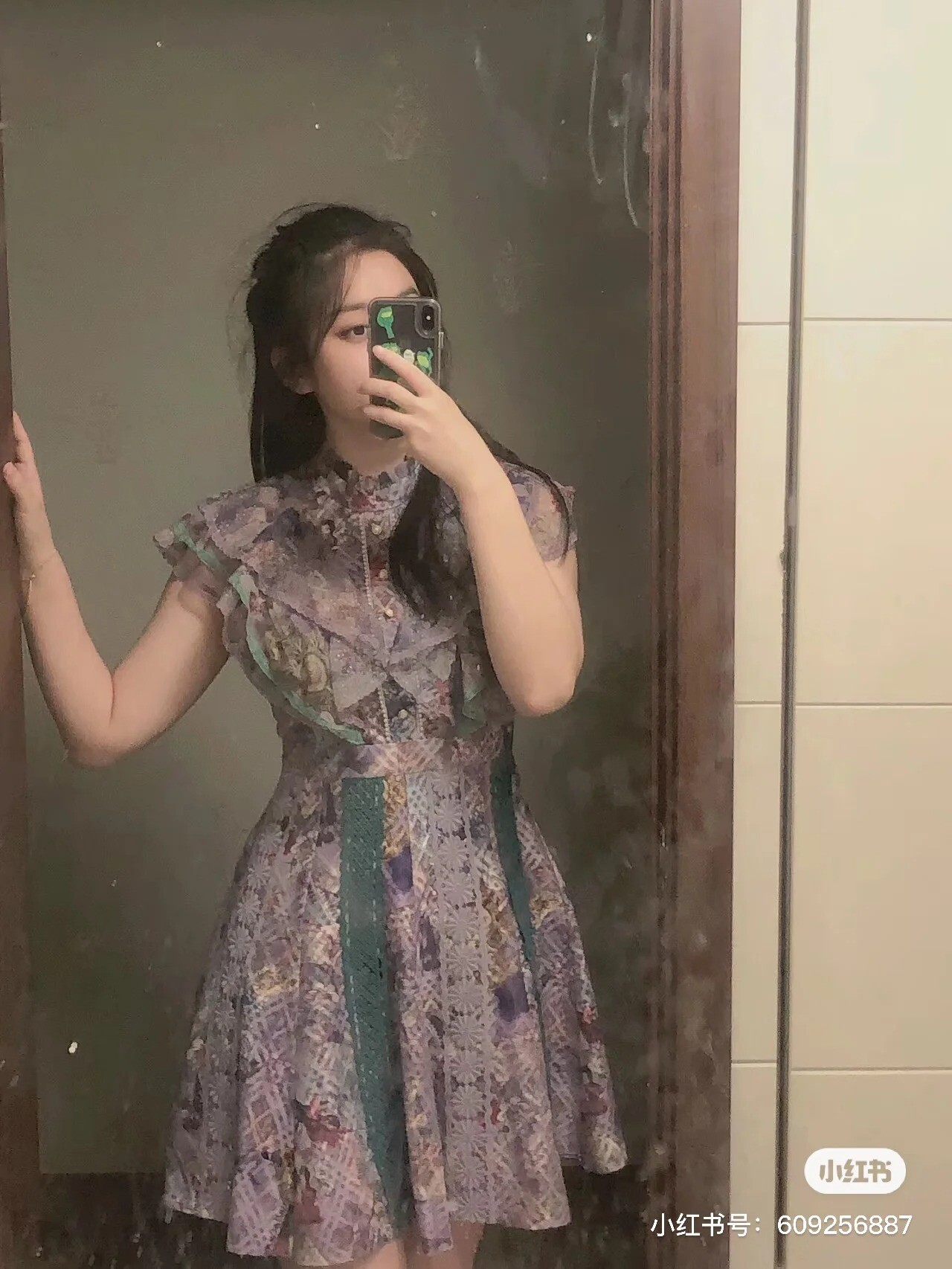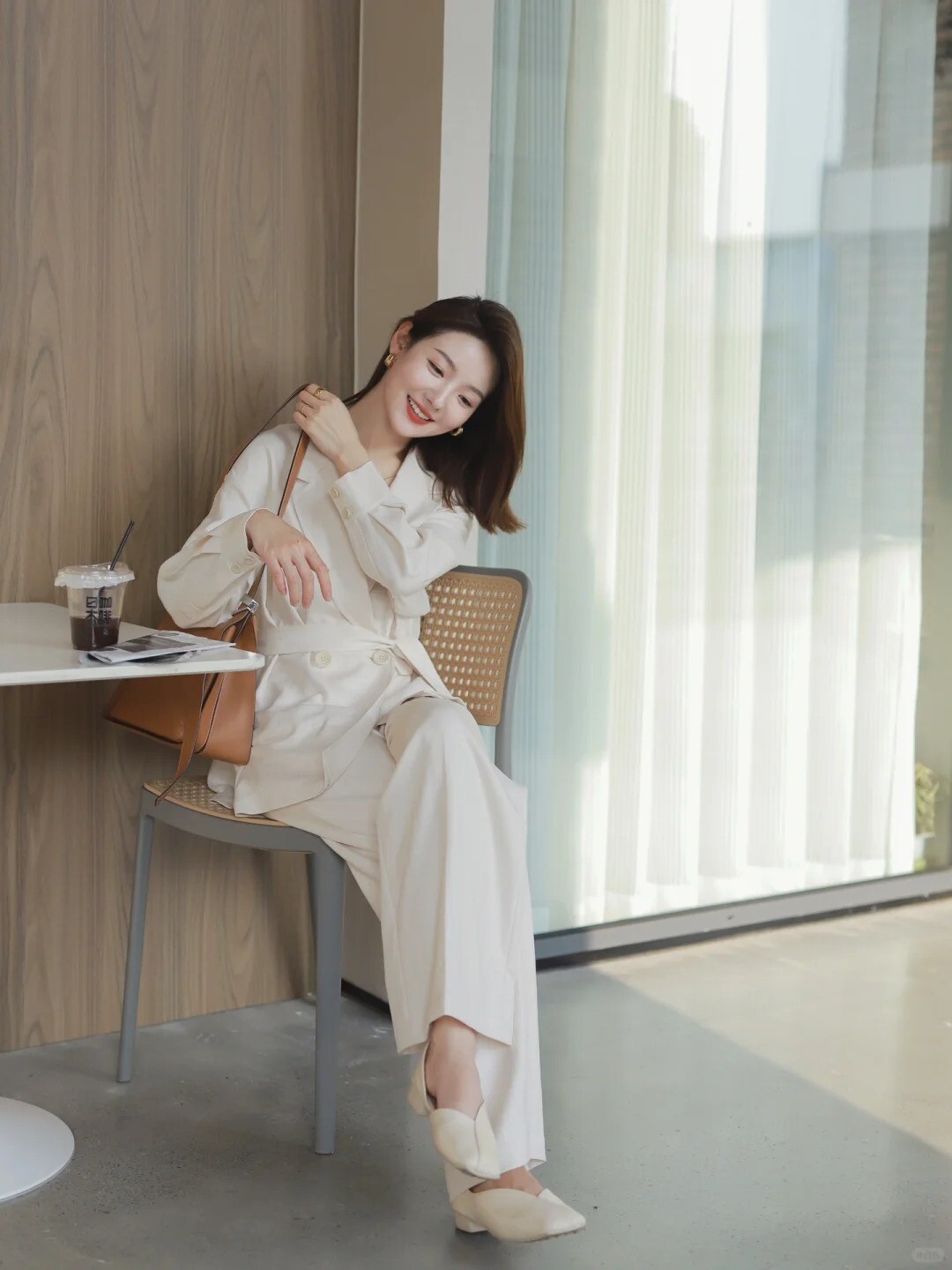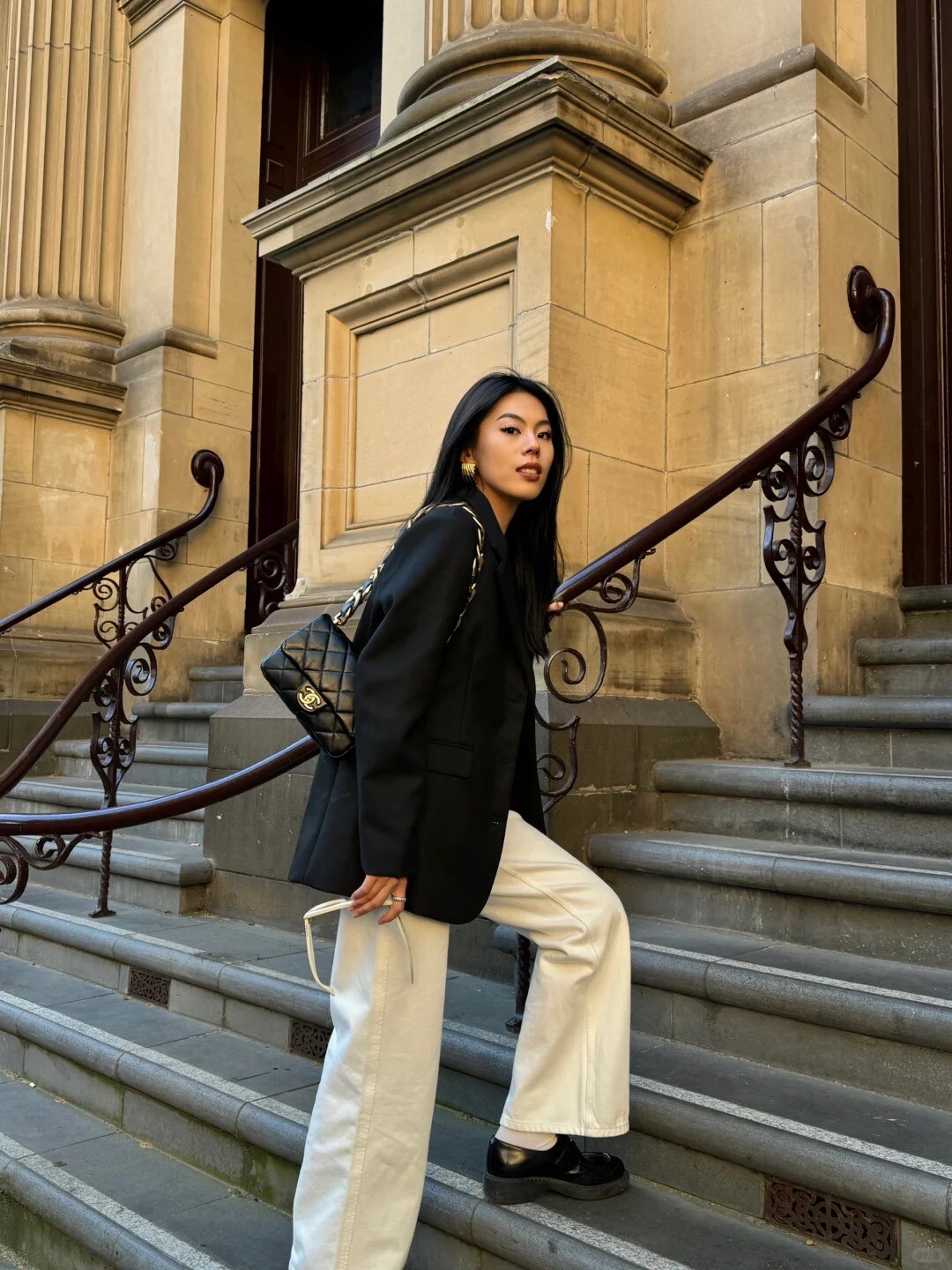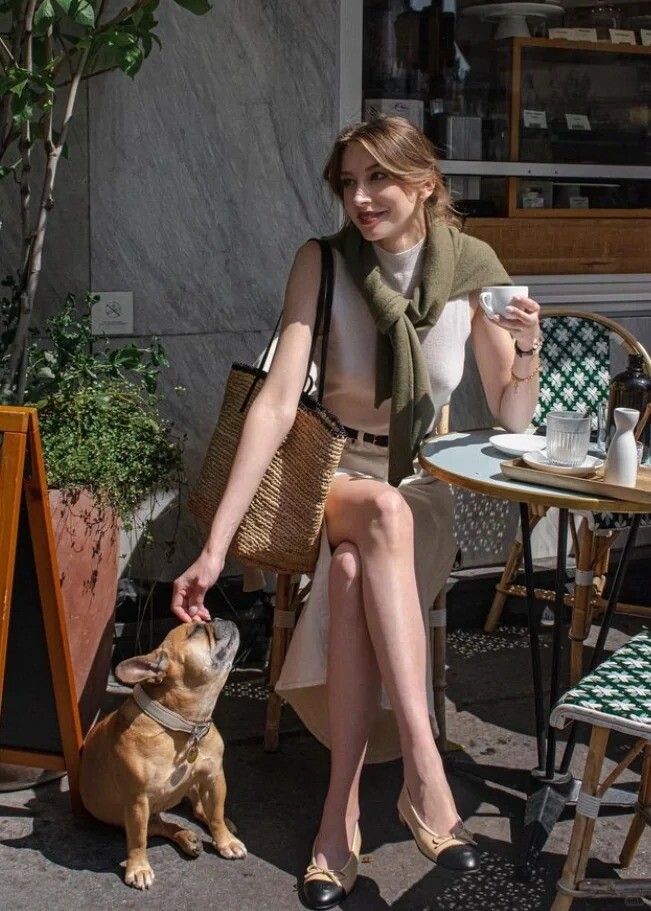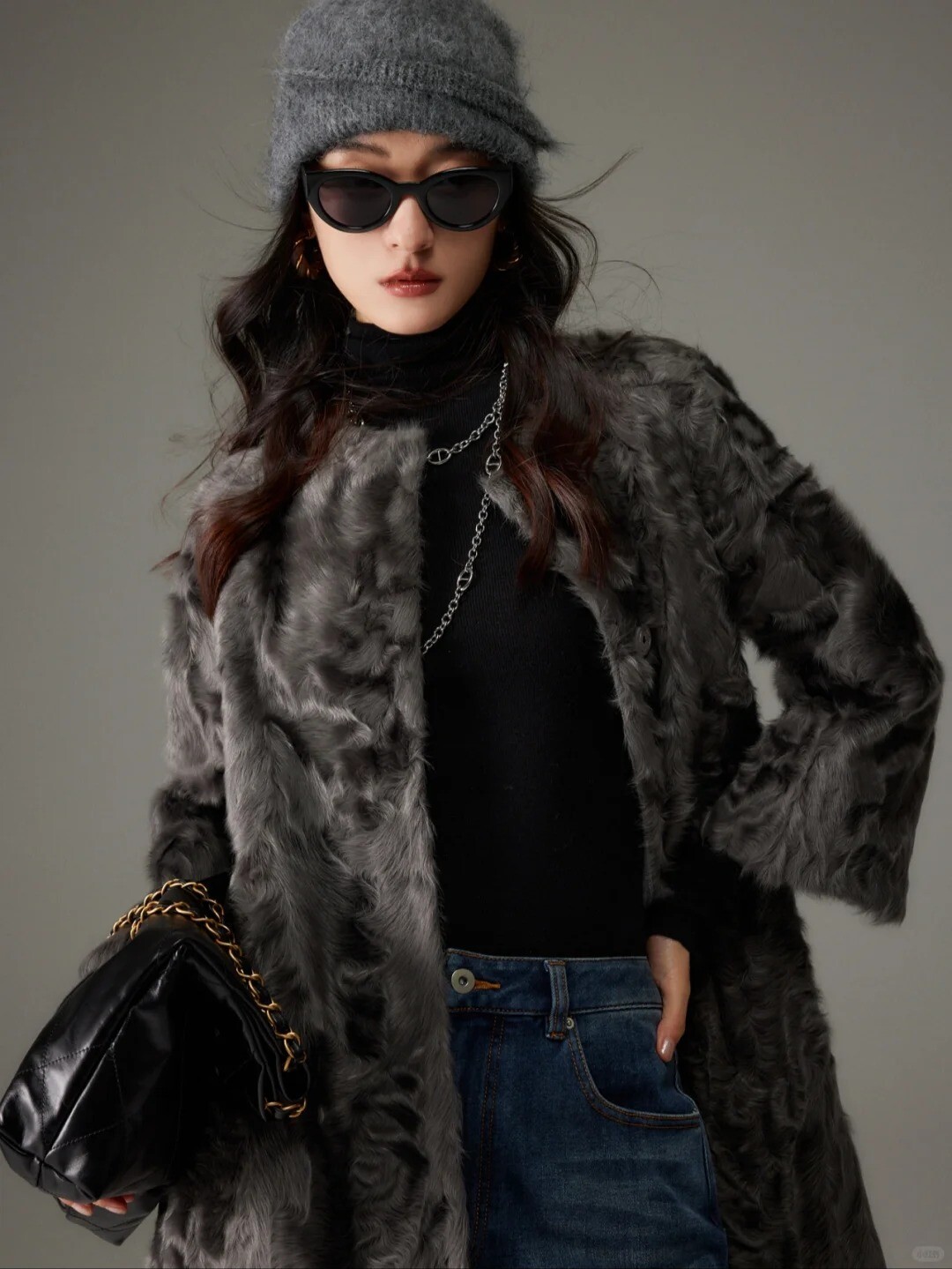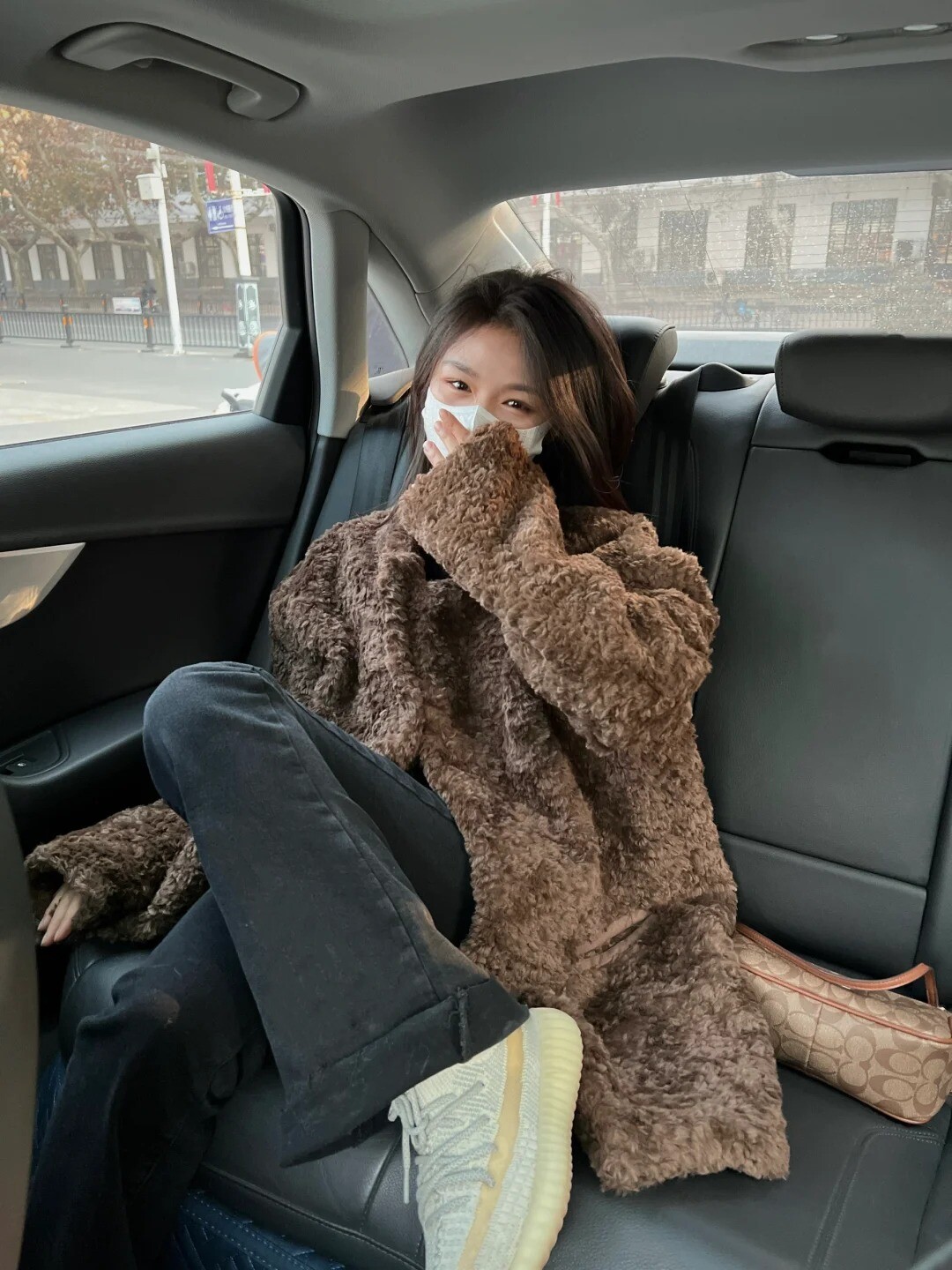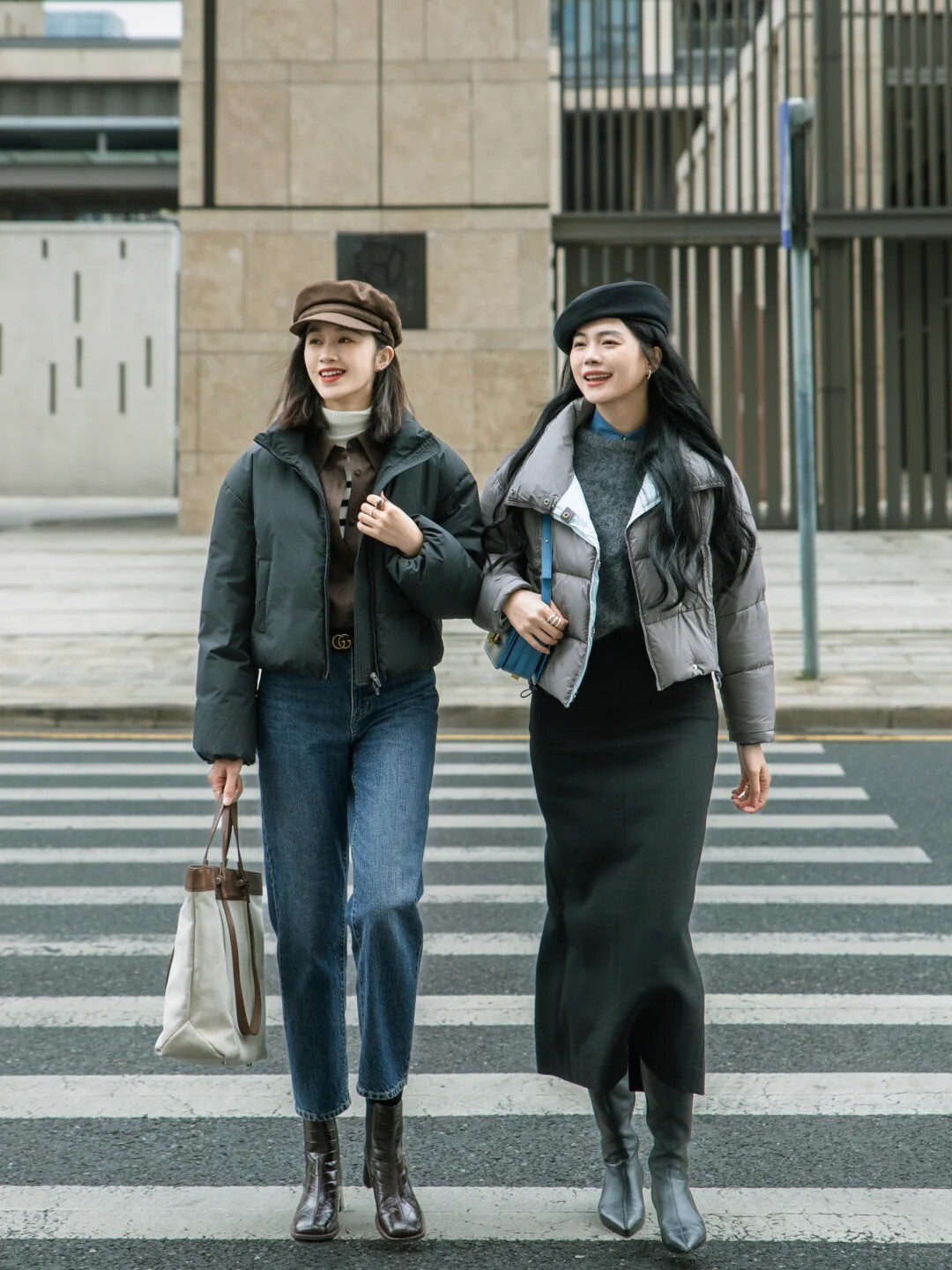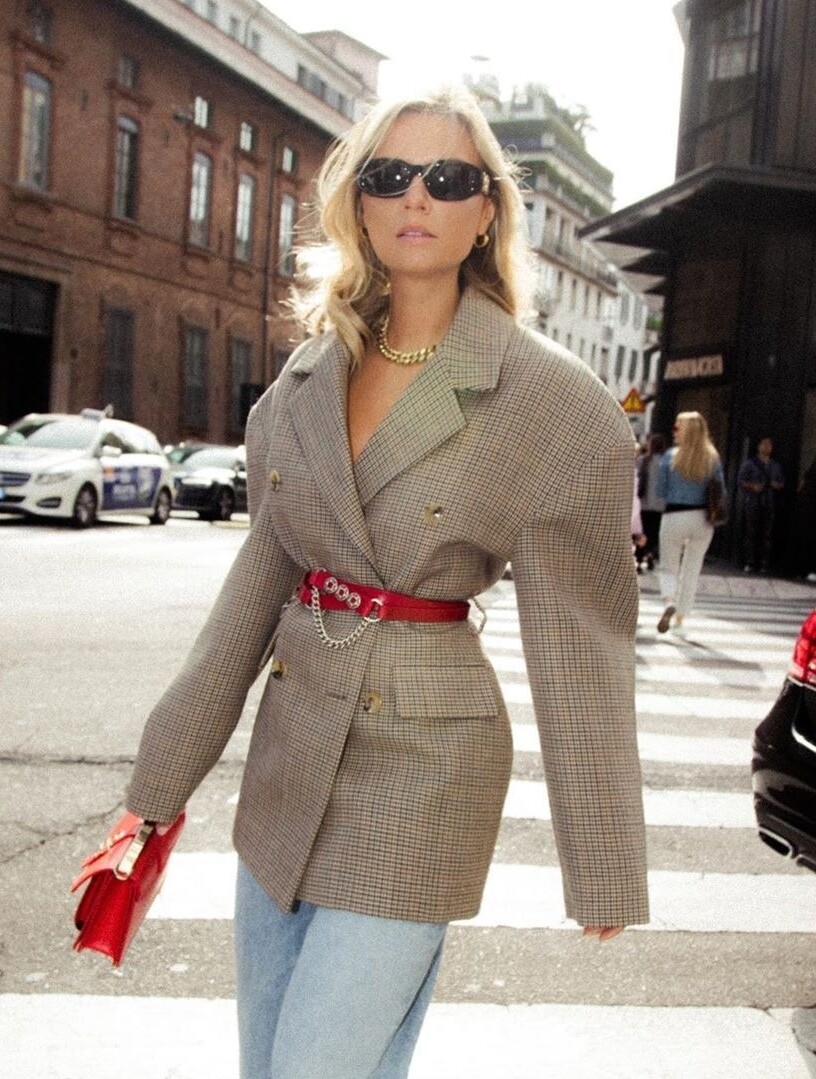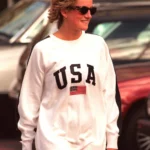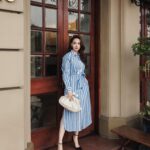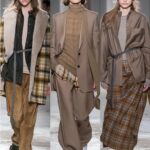1. Buying Expensive Clothing with the Intent of Wearing Them for Years
Many believe that investing in expensive clothing and buying multiple outfits at once will allow for long-term wear and significant savings on future clothing purchases. However, this isn’t always the case. Fashion trends change not only annually but also seasonally. This means that the clothes you buy today may become outdated within a few months, leaving you uninterested in wearing them.
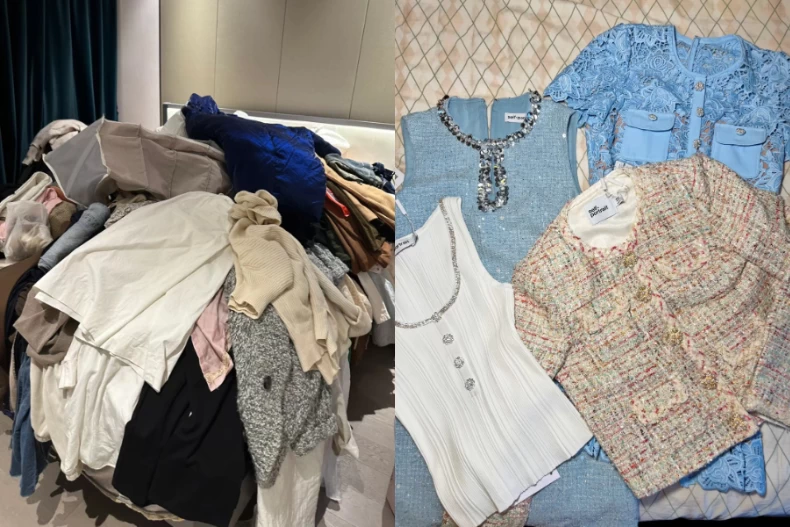
Some people think that buying a large quantity of clothes at once means they won’t need to shop for years. However, buying excessive clothing doesn’t guarantee savings, as many outfits end up untouched at the back of the closet after being worn only once or forgotten altogether.
A social media user shared her experience of spending over 5 million VND on a branded dress, only to regret it later as she didn’t truly like it. She bought the dress on sale, influenced by the salesperson’s advice. This is a clear example of how ‘investment’ shopping can lead to financial waste without careful consideration.
While it’s great to invest in expensive, high-quality clothing if you can afford it, it’s essential to be a smart shopper. Opt for classic styles, superior fabrics, and versatile pieces. Items like a white shirt, classic jeans, or a simple black dress are worth investing in and can be worn for years without going out of style.
2. Winter Clothing is More Worthy of Investment than Summer Clothing
It’s a common belief that winter clothing, made from better materials and offering more warmth, is a wiser investment than summer wear. As a result, many are willing to spend a fortune on coats, sweaters, and down jackets. However, this mindset can easily lead to overspending on winter apparel.
Without smart shopping strategies, you may end up spending millions of dongs on a coat that you’ll wear for only a few months each year, and this pattern could repeat annually.
To save money on annual clothing purchases, keep an eye out for end-of-season sales or shop at outlet stores. This way, you’ll not only save a significant amount but also acquire quality items at reasonable prices.
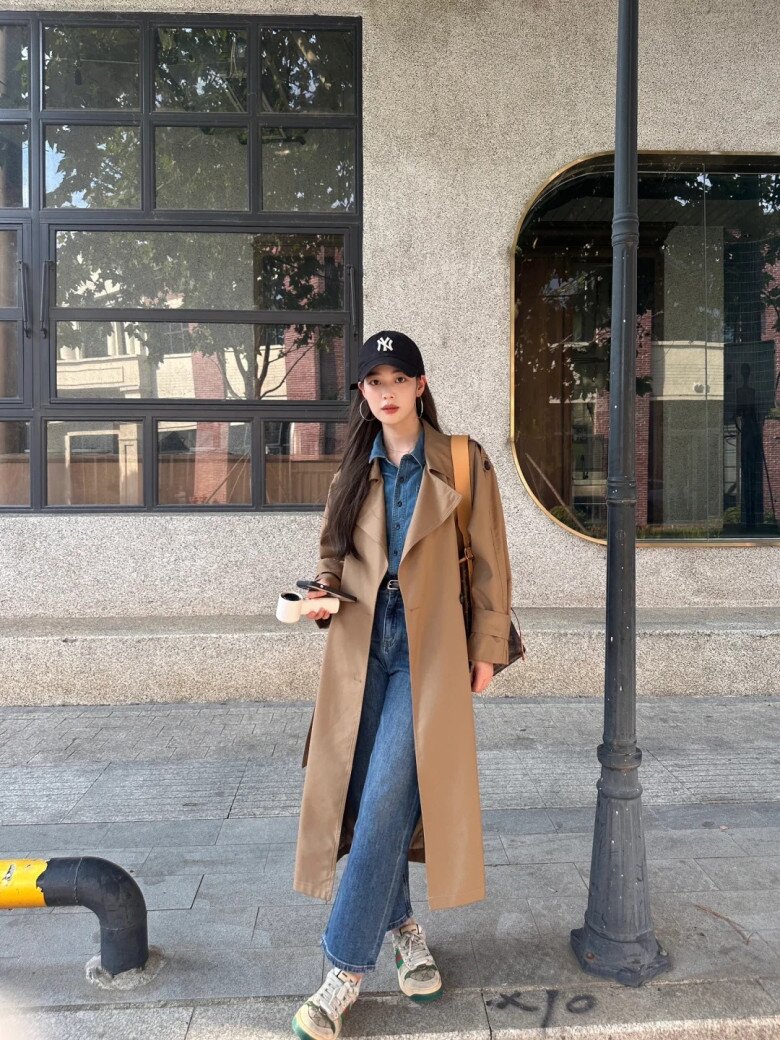
Additionally, opt for versatile pieces that can be mixed and matched, such as a neutral-colored sweater that goes with skirts, jeans, or dresses, or a classic trench coat that can be worn for years.
3. Chasing Fashion Trends
Fashion trends are ever-evolving, and it’s easy to get caught up in the excitement of buying the latest ‘hot’ items to stay on-trend. However, these purchases often become outdated after a season, prompting you to spend more to keep up with new trends. Fast fashion brands release new products weekly at affordable prices, but continuously buying into these trends can result in substantial spending.
Trends like oversized blazers and the Barbiecore aesthetic, once considered the epitome of fashion, have now been labeled as outdated by Vogue.
While fast fashion stimulates the economy and shopping desires, it can also lead to unnecessary spending. To avoid emptying your wallet, carefully consider your clothing purchases. Opt for quality, timeless pieces that suit your needs, and avoid excessive trend-chasing. Smart investments will not only save you money but also ensure a stylish, diverse, and sustainable wardrobe over time.

























